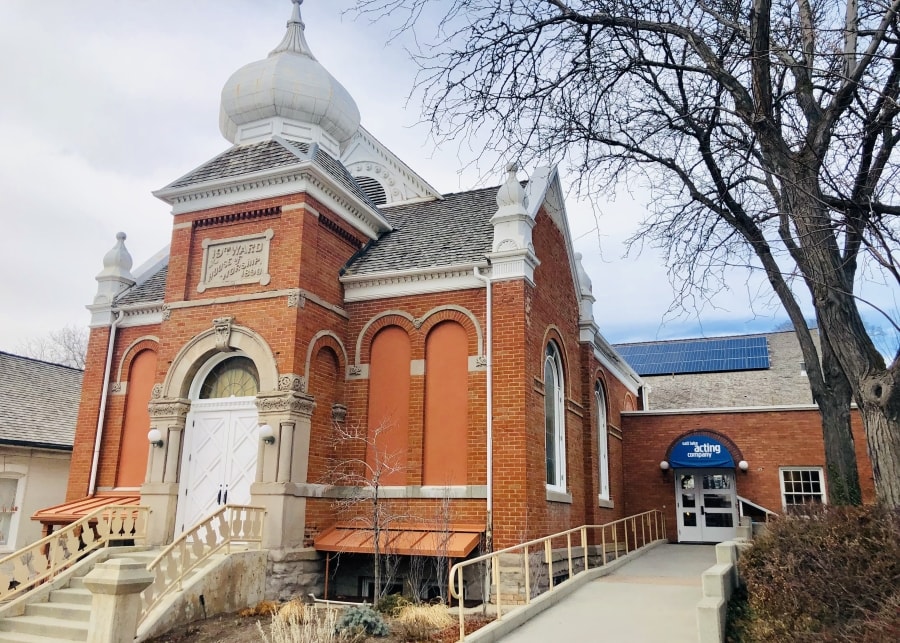SALT LAKE CITY: The capital city of Utah is flanked by the Great Salt Lake and the snow-capped Wasatch mountain range. It’s home to the world headquarters of the Church of Jesus Christ of Latter-day Saints, a handful of universities, and activities for both urbanites and outdoor adventurers. “It may surprise some—those who don’t live here—but Utah is a major cultural hub!” effuses Cynthia Fleming, artistic director of Salt Lake Acting Company (SLAC), which produces at the (former) 19th Ward House of Worship, built in 1896. “We’ve got organizations like Ballet West, the Utah Museum of Contemporary Art, the Salt Lake Film Society, incredible collegiate theatre programs (I’m partial to the University of Utah). And of course, as former hosts of the Winter Olympic Games, our skiing isn’t terrible, either.”
American Theatre caught up with Fleming via email to learn more about producing theatre in the Beehive State.
Who founded the Salt Lake Acting Company, when, and why?
SLAC was founded in 1969 by Edward Gryska, in an effort to bring new, avant-garde theatre to Salt Lake City. At the time there wasn’t much of a theatre scene in Utah. When playwrights from around the nation saw that a small theatre company in Utah was looking to produce works like Turds in Hell, Hair, La Cage Aux Folles, or Fifth of July, many offered up the rights for free.
The Utah social landscape has changed in the past 49 years; while Utah remains decidedly red, Salt Lake City itself is a very blue city. SLAC has proven to be a cornerstone in the counterculture movement the entire time. This is in large part thanks to our annual parody of Utah politics and religion, called Saturday’s Voyeur (its namesake is the 1970s Mormon musical Saturday’s Warrior). The Saturday’s Voyeur fan base has been loyal and integral to our success in Salt Lake City.
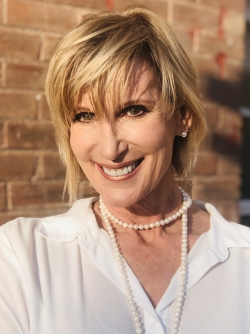
Tell us about yourself and your connection to the company.
My history with SLAC goes back to my college days! I was in a production of Pippin shortly before leaving Utah for a contract with the touring company of A Chorus Line. That turned into a 11-year career, which included covering four roles and being a part of the Broadway cast for six years. Once A Chorus Line closed, I returned to Utah to raise my two children and was freelancing at makeup counters at local department stores.
Around that same time, SLAC was in a precarious situation financially. The board at the time had wanted to close the doors. Saturday’s Voyeur creators Allen Nevins and Nancy Borgenicht stepped up to lead the theatre. I’m so glad that they did, because they ended up hiring me several years later to choreograph Saturday’s Voyeur in 1995. I feel like they helped me earn a masters in comedy and direction.
In the late ’90s, we realized that SLAC needed to be more concerned with its box-office operations. I stepped into the role of director of audience services, tasked with obtaining and retaining season subscribers. To this day, our subscribers are my No. 1 priority. Over the years I’ve brought the number of subscribers up from around 900 to more than 3,500. My role eventually evolved into director of communications as I expanded the functionality of our box office team.
As leadership has changed in many forms at SLAC, I then saw my role change into a co-directorship and now, since 2015, I’ve served as executive artistic director.
What sets your theatre apart from others in your region?
We’ve always prided ourselves on bringing new work to Utah. Over the years, we’ve seen many smaller, niche theatre companies founded to also produce exciting new work. And for that I’m so inspired and encouraged.
What sets SLAC apart from other theatre companies in Salt Lake is one, our annual tongue-in-cheek tribute to Utah, Saturday’s Voyeur, which is currently in its 42nd year, making it one of the longest-running productions of its kind in the nation. Another unique aspect of SLAC is our continually growing subscriber base. As other theatre companies around the nation move away from subscription business models in favor of a la carte options, our subscription numbers continue to thrive. This is attributed to our unique value proposition to the community. I’m humbled to say that SLAC means a great deal to a great many people in Utah.
As these previously mentioned niche theatre companies continue to produce work around Utah, we are conscious of the fact that we must never forget our history of pushing the envelope and helping to lead the artistic charge in our community. We’ve seen ourselves evolve over recent years with a strong commitment to gender parity in terms of the playwrights we choose, a commitment to seeking out more diversity in our playwrights and casting (no small feat in Utah) as well as being respectful of evolving views on gender itself.
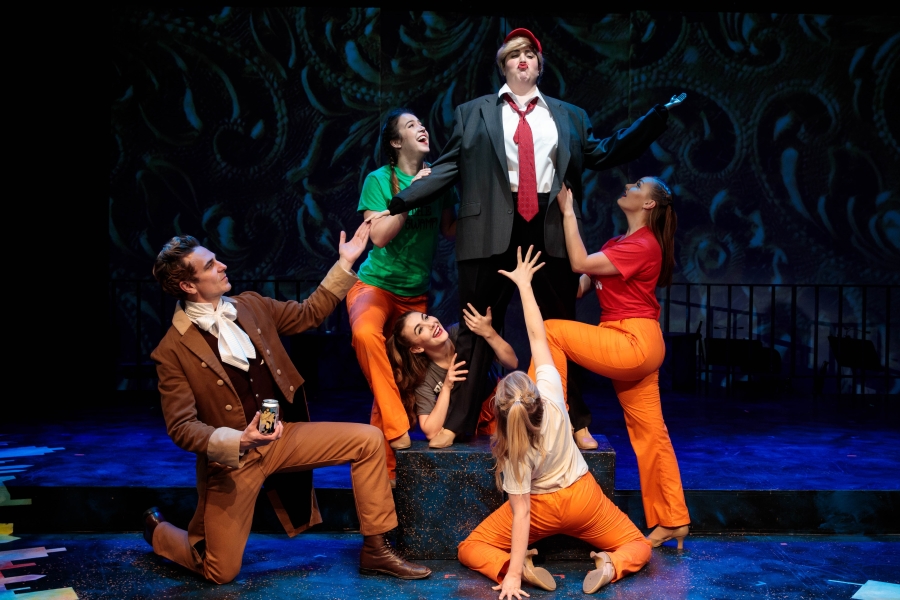
What are the challenges of producing theatre in Salt Lake City?
Our challenges aren’t necessarily unique to Salt Lake City. Just like all of the best theatres in the country, we’re striving to produce quality productions that serve the play, the playwright, and most importantly, our audiences.
Because there are so many high-quality arts organizations in Utah vying for corporate and government funds, we rely heavily on individual giving. Luckily, we have an extremely loyal subscriber base. SLAC truly is the lifeblood to so many in the community. We’ve been told multiple times by audience members that we give them a community of like minded people to be a part of.
Tell us about your favorite theatre institution other than your own, and why you admire it.
Steppenwolf is #theatregoals. They are like SLAC on steroids. We very much admire their younger and diverse audience demographics, their arts education programs, not to mention their ability to maintain a large administrative staff. Side note, SLAC’s founder Ed Gryska was good friends with several of Steppenwolf’s founding members. We like to think of them as a theatre cousin, at least.
How do you pick the plays you put on your stage?
We are lucky to have many sources from which we can mine new talent and bring exciting new works to our audiences. We’re of course part of Theatre Communications Group, as well as the National New Play Network. There is also a lot of local talent in the playwriting realm.
Prior to the Trump administration, our criteria for choosing new work was simply that we’d pick the best work, period. But now we’re more mindful of how the content we present might affect our audience. For many, what’s going on politically and socially is depressing. We’re seeking to tell stories that uplift, captivate, illuminate, and ultimately inspire our very discerning audiences.
We’re also committed to providing equal opportunities for female playwrights and adhere to a 50/50 policy in making sure there is equal representation in our lineup of playwrights. As more non-binary playwrights emerge, we will seek to give voice to their stories as well.
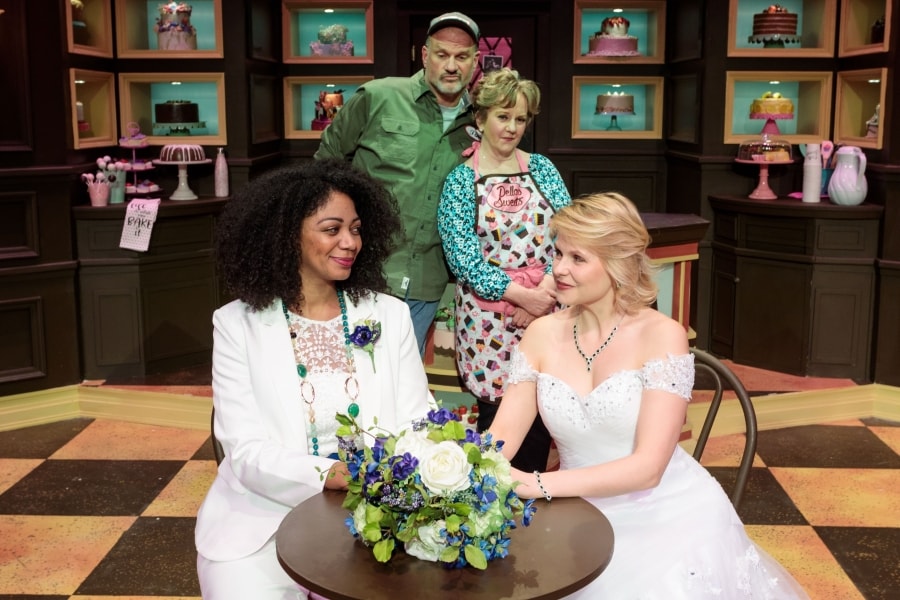
Does your theatre offer any education and/or community engagement programming?
We put as much energy into engaging our community as we do in producing theatre! For each production my team and I identify fellow nonprofit organizations across the Salt Lake valley whose mission might coincide with the themes of any given play. For instance, during our recent production of Bekah Brunstetter’s The Cake, we partnered with both the Utah Pride Center and a local nonprofit bakery called Flourish, which provides employment and leadership opportunities to individuals who are in recovery from substance abuse issues. (We also featured their incredible cakes in our production!)
In terms of education, we’re committed to nurturing the next generations of theatremakers and theatregoers. We offer a subsidized Emerging Theatre Artist Pass (a season subscription that takes the cost of a single ticket from $40 to $8) to local students and special masterclasses with local theatre professionals. SLAC also participates in a University Professional Theatre Program, which essentially offers apprenticeships to artists both on and backstage.
These are just a few of our many initiatives in education and community—I don’t know that we’ll ever put a cap on partnerships and community outreach. We’re proud to be an integral part of the Utah arts scene and as such, want to give everyone in it a sense of belonging and ownership in SLAC.
Tell us about your children’s programming.
In 2009, our then-artistic director, Nancy Borgenicht, had the brilliant idea of bringing professional children’s theatre to Salt Lake as a way to open our doors to the community. Prior to that, it was extremely rare to see a child walking through the halls of SLAC. Our theatre was sitting empty every December and we were looking for ways to diversify our offerings.
What resulted was a relationship to our community that we hadn’t seen before. Sure, our annual satire, Saturday’s Voyeur, is a big summer party that many people look forward to. But this newer tradition is probably what I’m most proud of. In 10 years, we’ve brought theatre to more than 20,000 Title I K-2nd graders. Historically, these children have been grossly underserved in terms of field trips and exposure to the arts.
I’d also like to note that we take our mission to bring professional children’s theatre to Salt Lake very seriously. We put as much thought into producing, say, Pinkalicious the Musical as we would any Pulitzer Prize-winning work.
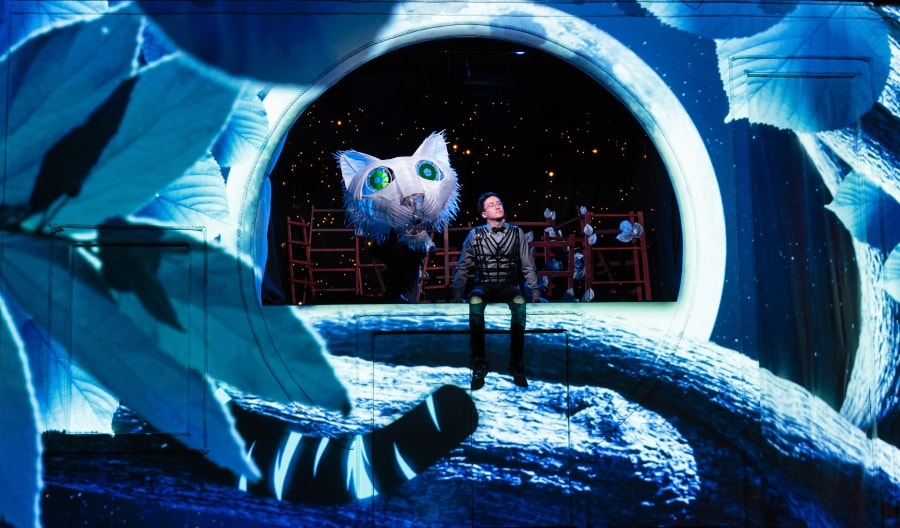
What’s your annual budget, and how many artists do you employ each season?Our annual budget is $2 million and we employ 150 artists each season.
What show are you working on now? Anything else in your season that you’re especially looking forward to?
We’re getting ready to produce a world premiere called Silent Dancer by Utah-based playwright Kathleen Cahill. We’re calling it a “Jazz Age dance/theatre/romance.” It’s essentially a new art form for Utah, in that we’re integrating dance into a theatre piece in a way that replaces some dialogue with movement. We were lucky to land Ballet West’s Christopher Ruud, in his first project since retiring from a 21-year stint with the company, as choreographer. It’s a risk artistically, but one that we’re looking forward to taking.
SLAC’s 49th season is going to be exciting. We’re producing the Utah premieres of Death of a Driver by Will Snider; A Doll’s House, Part 2 by Lucas Hnath, and How to Transcend a Happy Marriage by Sarah Ruhl. Our second decade of children’s programming kicks off with Pete the Cat, by Sarah Hammond and Will Aronson. We’re also producing the world premiere of up-and-coming playwright Charly Evon Simpson’s form of a girl unknown, which we were able to workshop at SLAC last year.
Strangest or funniest thing you’ve ever seen (or put) on your stage?
In 2017 we produced the play Mercury by Steve Yockey. In one scene, a man crawls out of the bowels of a bear. We had in incredible scenic designer who mastered the effect. It was one of the most spectacularly odd sights I’ve seen on our stage or anywhere.
What are you doing when you’re not doing theatre?
Seeing theatre! Also, I’m big on self-care (so I can see/do more theatre).
What does theatre—not just your theatre, but the American or world theatre—look like in, say, 20 years?
I would hope that theatre will thrive in 20 years and be more world theatre. I’d like the theatre world to be more mindful of global stories, to continue to diversify, so that what we put on our stages is as varied and diverse as the world around us.
I’m also excited to see how technology will continue to influence the arts. Will we have A.I. actors? Who knows? One thing is for certain: Humans will always need to gather. That is very encouraging.

